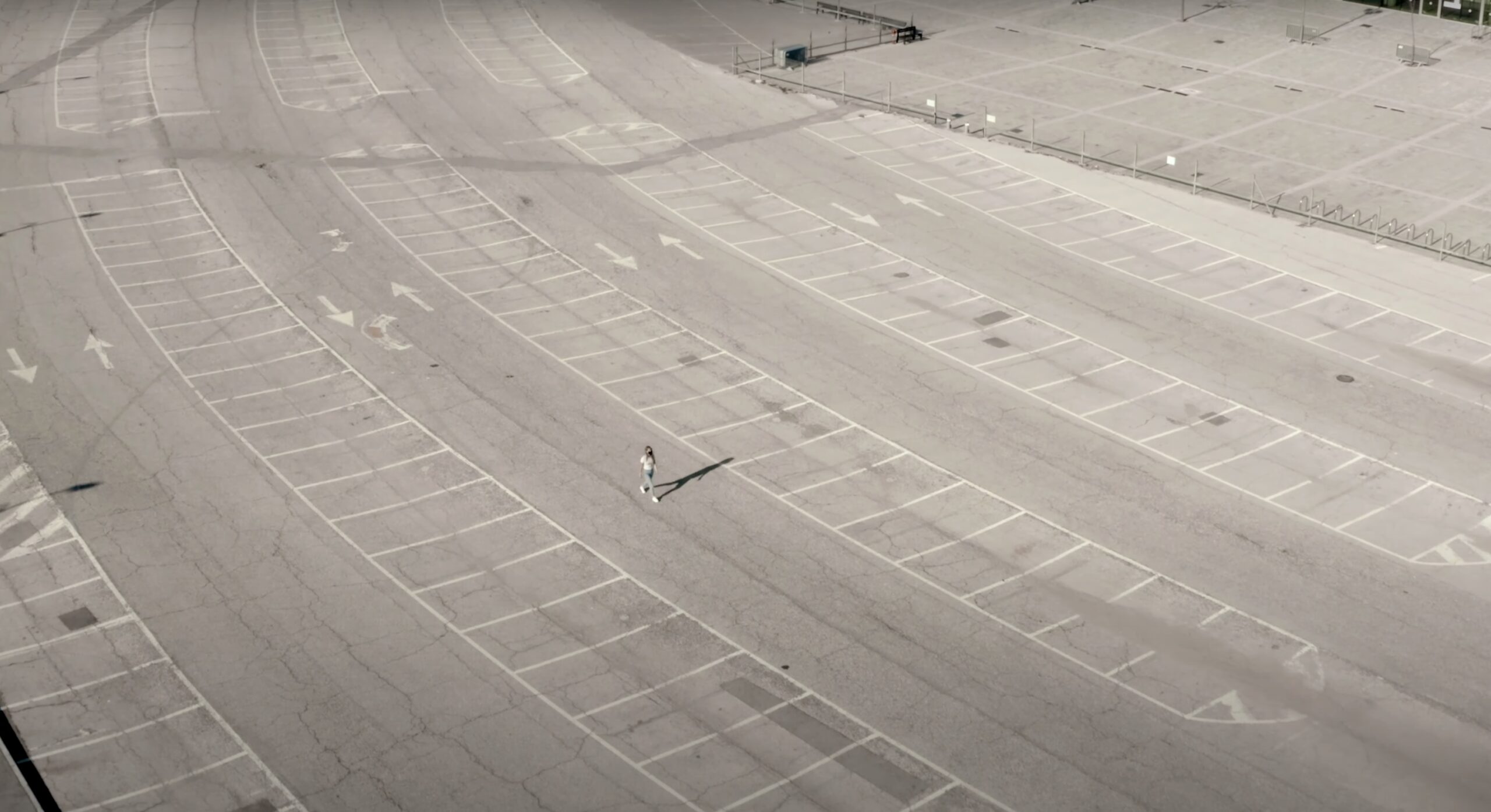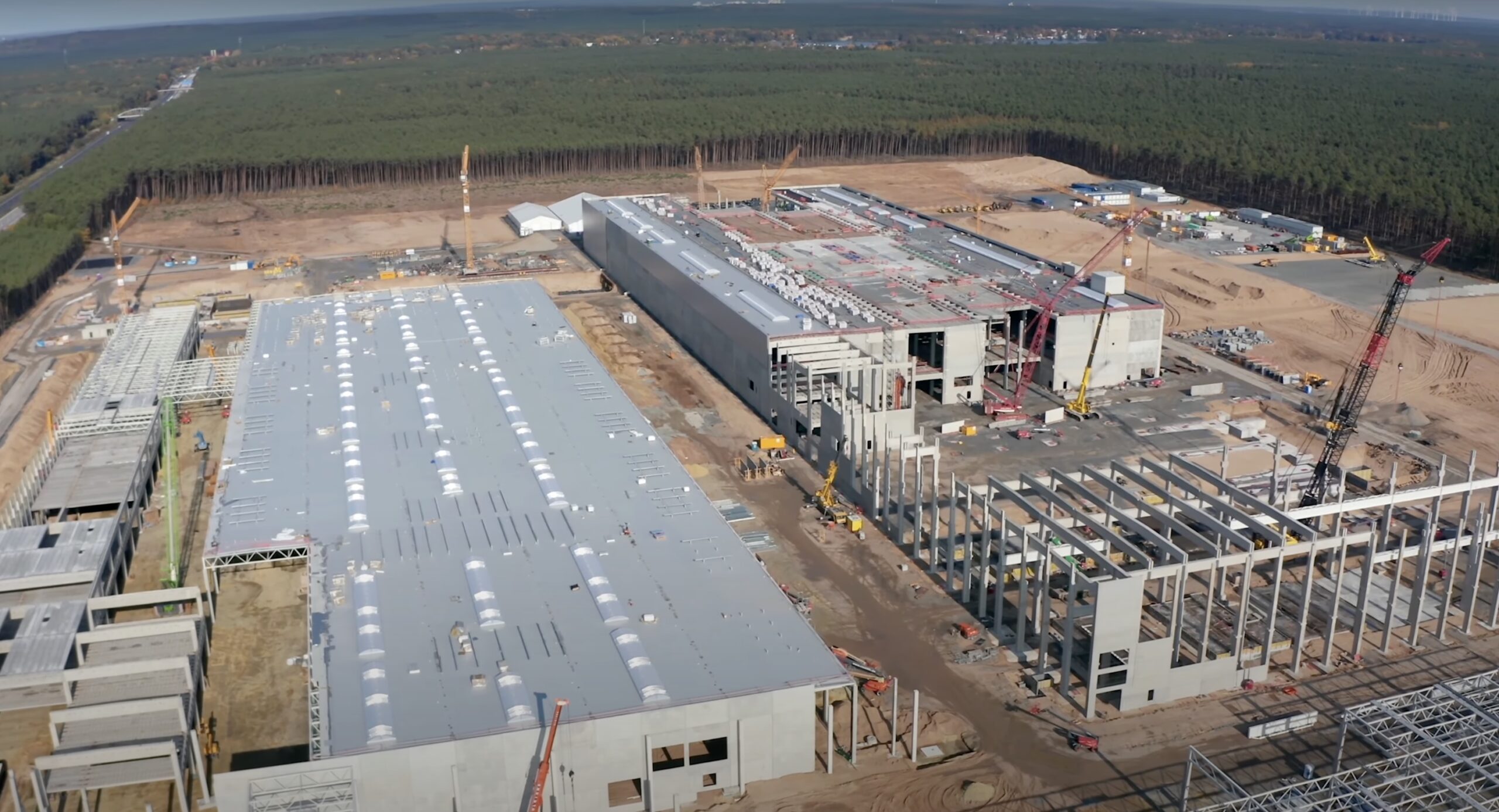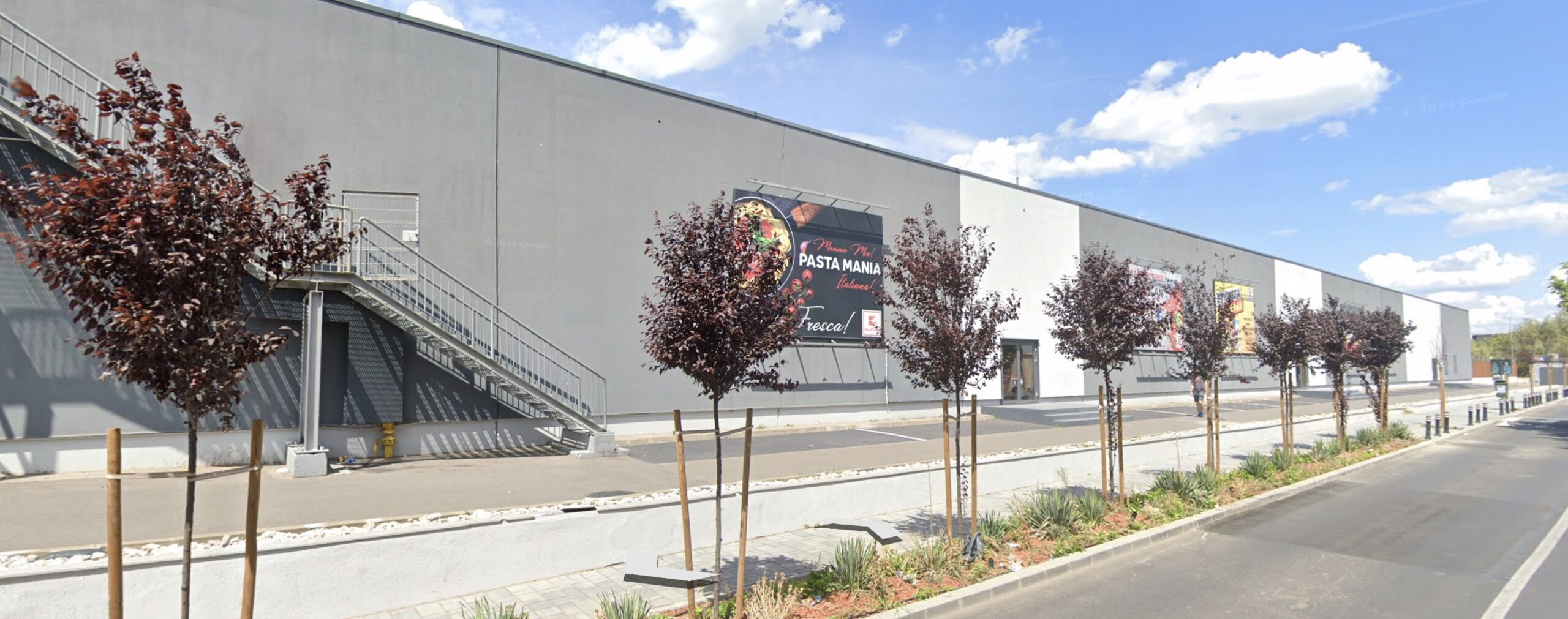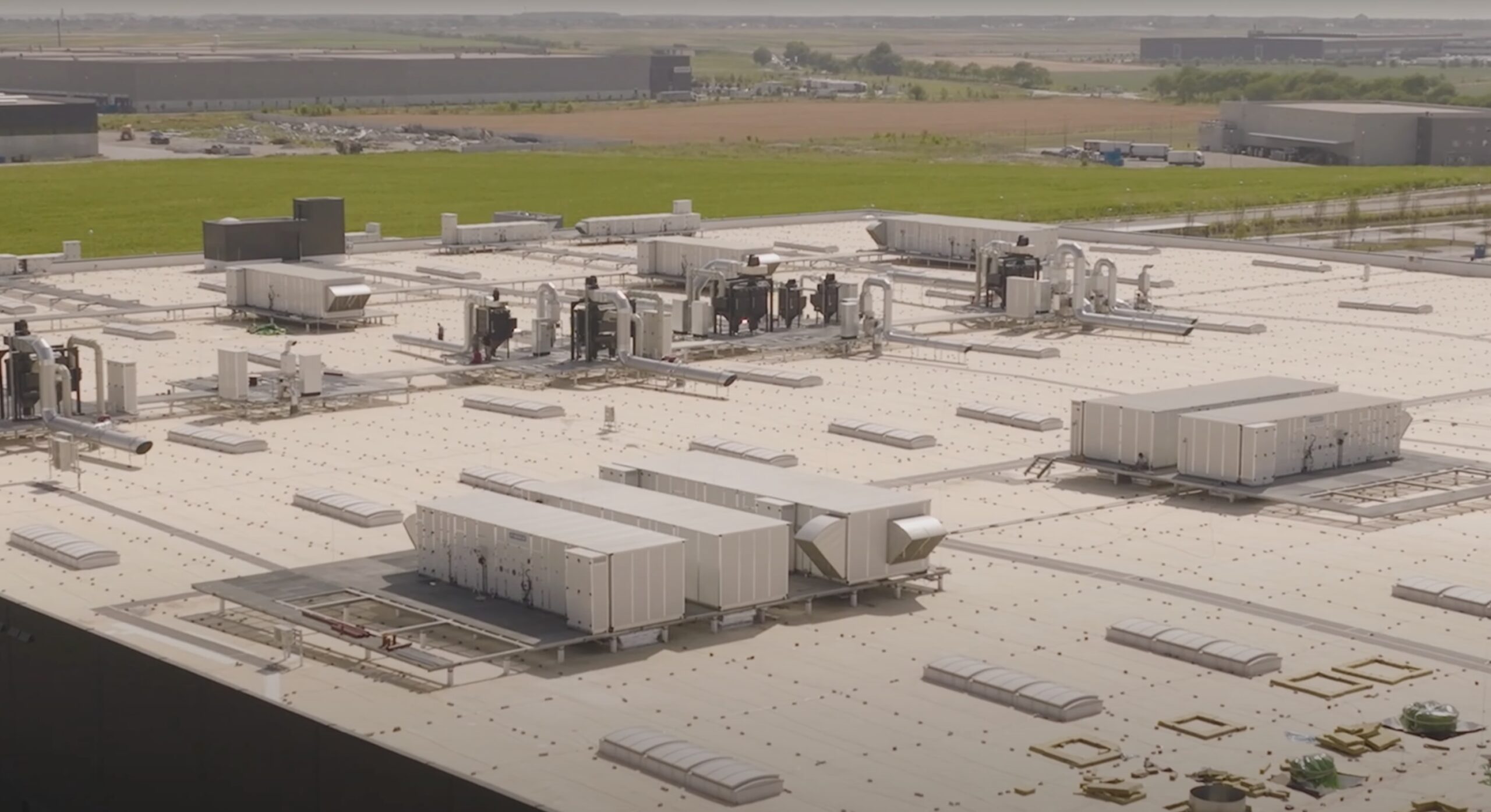What If hypermarkets and commercial spaces went underground?
In the realm of urban transformation, hypermarkets represent a pivotal opportunity for rethinking land use, operational efficiency, and community integration. As specialists in business strategy and marketing at UBRIS, we view this layer not merely as retail infrastructure but as a strategic asset in building compact, multifunctional cities. By relocating hypermarkets subterraneanly, we unlock exponential value: reducing urban sprawl, optimizing logistics, and repositioning retailers as innovative anchors in sustainable ecosystems. This approach aligns with emerging market demands for eco-conscious consumerism while enhancing brand loyalty through seamless, human-centered experiences.
What we observed
Traditional hypermarkets often embody outdated urban models that prioritize scale over synergy, leading to inefficiencies across business, environmental, and social dimensions:
- Monolithic structures: Oversized, windowless metal boxes that feel disconnected from the surrounding city fabric, functioning as isolated consumption machines rather than integrated community elements.
- Land consumption: Vast hectares dedicated to a single function—shopping—resulting in dead zones of asphalt for parking and loading, erasing potential for green or public spaces.
- Transient user experience: Designed for “arrive, consume, leave” behaviors, with no incentives for lingering, fostering zero public life or emotional connection.
- Imported models without adaptation: Blind replication of American-style big-box retail floods cities with concrete, offering minimal community benefits while exacerbating traffic and pollution.
- Business viability vs. urban relevance: While profitable in isolation, these setups ignore broader urban costs like wasted land and lost opportunities for mixed-use development, making them unsustainable in dense European contexts.
From a marketing standpoint, this detachment erodes brand perception, positioning retailers as commoditized rather than visionary partners in urban living.
What we propose
Our 2-Minute City framework revolutionizes hypermarkets by shifting them to level -1, creating a vertical ecosystem that amplifies business potential while reclaiming surface land for higher-value uses:
- Subterranean efficiency: Position hypermarkets underground for quiet, view-independent operations, focusing on streamlined logistics without compromising retail scale or accessibility.
- Surface liberation: Transform freed-up land into vibrant, revenue-generating spaces such as parks, cafés, schools, homes, restaurants, and walkable streets—fostering a holistic urban rhythm.
- Vertical integration: Enable smart supply chains where above-ground cafés and restaurants source ingredients directly from below, minimizing waste and delivery times for a circular economy model.
- Seamless logistics: Eliminate street-level disruptions by handling deliveries internally—reducing noise, congestion, and emissions while enhancing operational speed.
This strategy not only cuts land acquisition costs for retailers but also markets the hypermarket as an embedded, innovative hub, appealing to eco-aware consumers and driving foot traffic through multifunctional appeal.
How it changes life
By burying the hypermarket’s footprint, we catalyze profound shifts in daily urban dynamics, blending convenience with sustainability:
- Invisible functionality: Retail remains accessible and robust, but without dominating the skyline or streetscape—freeing residents from visual and spatial intrusion.
- Reclaimed urban space: Say goodbye to sprawling 25,000 m² parking lots; instead, enjoy walkable access to essentials, promoting healthier, car-free lifestyles.
- Enhanced mobility: People prioritize walking over driving for shopping, reducing personal time waste and urban traffic while integrating errands into community routines.
- Livable landscapes: Land evolves from transient throughput to enduring habitats—where families linger in parks, not parking lots, building stronger neighborhood bonds.
These transformations elevate quality of life, positioning the development as a premium brand in real estate marketing, with higher resident satisfaction translating to long-term occupancy and value appreciation.
Why it matters
Urban evolution demands we challenge horizontal expansion norms; descending underground isn’t a downgrade—it’s an elevation of city potential. In business terms, this unlocks diversified revenue streams for developers and retailers alike, while urbanistically, it combats sprawl and fosters resilience. Marketing-wise, it crafts compelling narratives of innovation, turning hypermarkets from liabilities into landmarks of sustainable progress. Cities won’t regenerate until we rethink layers like this—creating value that compounds across economic, social, and environmental spheres.
Business impact
For major retailers such as Kaufland, Carrefour, and Lidl:
- Leadership opportunity: Pioneer flagship underground stores in mixed-use hubs, differentiating brands as forward-thinking leaders in urban retail innovation.
- Cost optimization: Slash per-function land expenses while boosting overall site value through multifunctional synergies, improving ROI on real estate investments.
- Market expansion: Tap into premium urban demographics by embedding in high-density ecosystems, enhancing customer loyalty via convenience and eco-credentials.
For cities and developers:
- Efficient land utilization: Maximize scarce urban plots, converting mono-use wastelands into revenue-rich, green-integrated developments.
- Traffic and environmental gains: Minimize congestion and emissions, aligning with EU sustainability mandates and attracting green investments.
- Community-centric growth: Generate spaces for real estate, education, and social infrastructure, fostering vibrant neighborhoods that drive economic vitality and brand equity.




